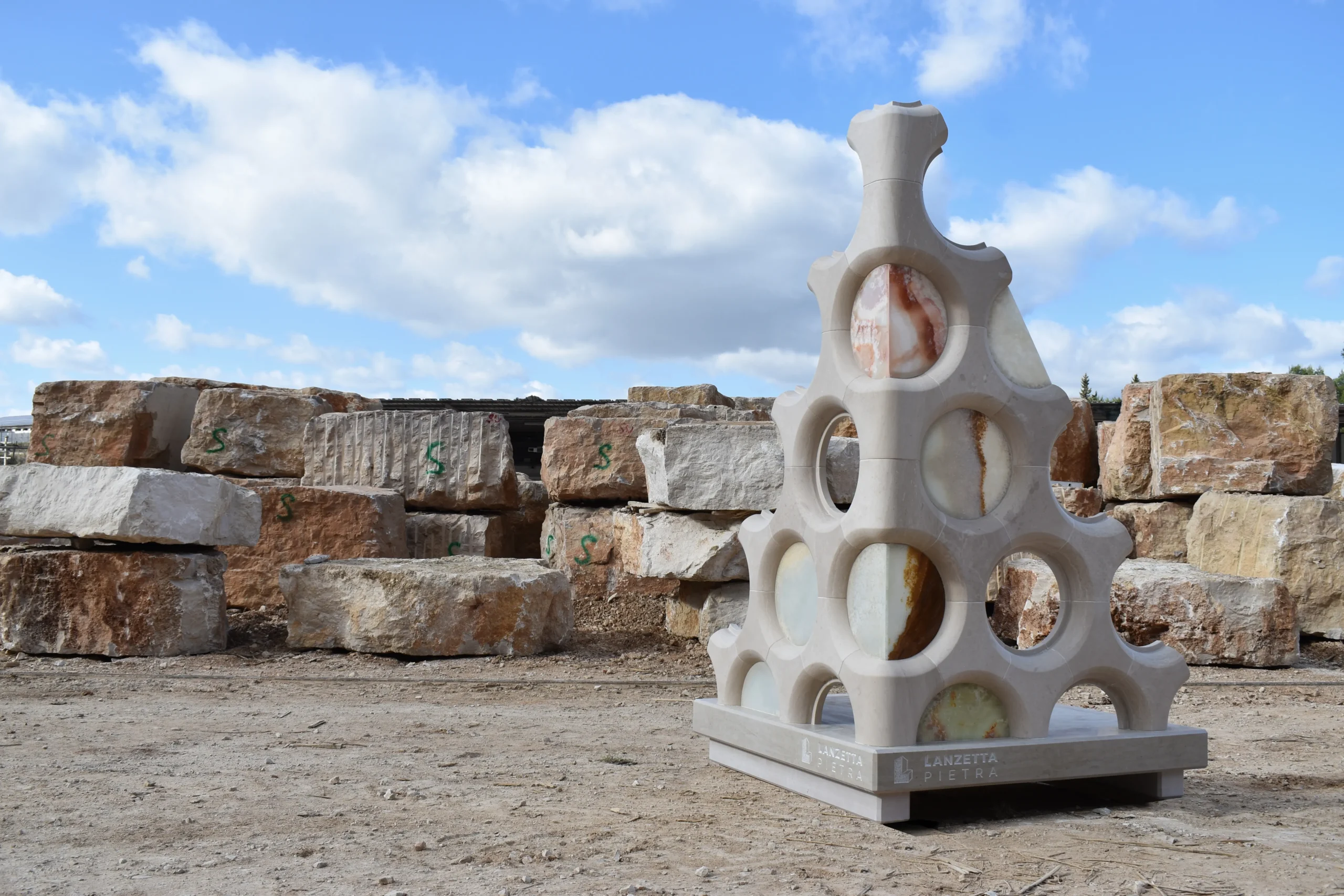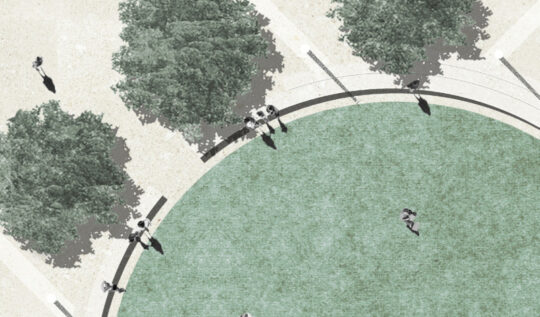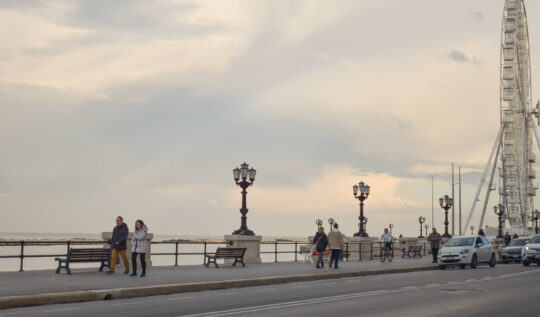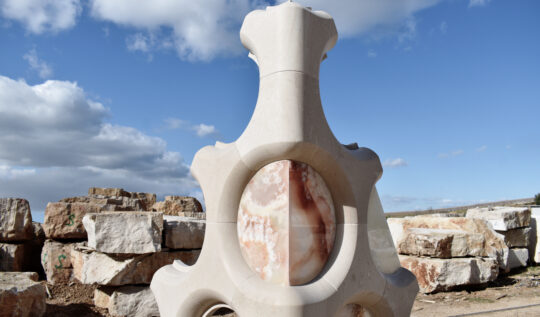
Arx Eterea Petrae
At the 57th Edition of Marmomac, the world’s leading event dedicated to natural stone, an innovative project was presented, capturing the audience’s attention. It is a prototype façade made with Minervino Murge stone, designed by graduate students from the Polytechnic University of Bari under the guidance of Prof. Arch. Giuseppe Fallacara. This project represents a significant proposal in the field of sustainable architecture, aiming to combine beauty, functionality, and innovation.
A Unique Façade Prototype: The Beauty and Resilience of Stone
The façade prototype showcased at Marmomac 2023 features semi-load-bearing modules made of Minervino Murge stone. This material is renowned for its exceptional resistance and durability, qualities that make it ideal for modern architectural applications. Minervino Murge stone, with its dense structure and unique mineralogical composition, withstands weathering while maintaining its aesthetic appeal over time. It is the perfect choice for those seeking sustainable and long-lasting solutions.
In addition to stone, the project incorporates optional panels made of thin quartzite and onyx slabs. Onyx, known for its translucency, not only enhances the façade’s aesthetic appeal but also offers new design possibilities. This material is celebrated for its ability to be backlit, creating captivating light effects that transform the building’s surface, especially during evening hours. This dynamic interplay of light throughout the day gives the façade a living, artistic character.
Functionality and Advantages of Stone in Modern Architecture
Beyond its aesthetic appeal, the Minervino Murge stone façade provides numerous functional benefits that make it an excellent choice for sustainable architecture. Firstly, it contributes to natural ventilation of interior spaces, a crucial feature in hot and humid climates like the Mediterranean. Effective air circulation is essential for occupant comfort, and this façade system enhances its efficiency.
From an energy perspective, stone offers significant thermal insulation. Its density allows it to absorb heat during the day and release it gradually at night, stabilizing the building’s internal temperature. In winter, the stone retains heat, reducing the need for heating and improving the building’s overall energy efficiency.
Additionally, stone is an excellent material for acoustic insulation, reducing the transmission of unwanted noise. This makes it ideal for environments requiring quiet, such as music studios, bedrooms, and workspaces where privacy and tranquility are paramount.
Sustainability and Innovation in Architecture: The Crucial Role of Stone
The “ARX ETEREA PETRAE” project is not just an aesthetic proposal but an analysis of the potential of stone as a sustainable material for modern architecture. With its resilience and versatility, stone addresses contemporary challenges in energy efficiency and environmental responsibility. However, we ask ourselves: why don’t we use stone in architecture as extensively as we once did?
This question drives our ongoing research in the field. Such studies could lead to a renewed awareness of the importance of natural and sustainable materials in architecture, paving the way for innovative solutions that blend tradition with modernity.
The “ARX ETEREA PETRAE” project represents an opportunity to reconsider the use of stone in construction, highlighting its qualities in terms of sustainability, energy efficiency, and aesthetic impact. The research conducted by the Polytechnic University aims to positively influence the future of architecture, promoting a more ecological and mindful approach to building design.
Conclusions: Towards Sustainable Architecture with Stone
In conclusion, the “ARX ETEREA PETRAE” project offers a fascinating and innovative vision of contemporary architecture, where natural stone plays a central role in creating buildings that are aesthetically beautiful, functional, and environmentally responsible. Through research and increased awareness, stone could reclaim its place as a fundamental material in future architecture, combining its inherent qualities with modern, sustainable solutions.



